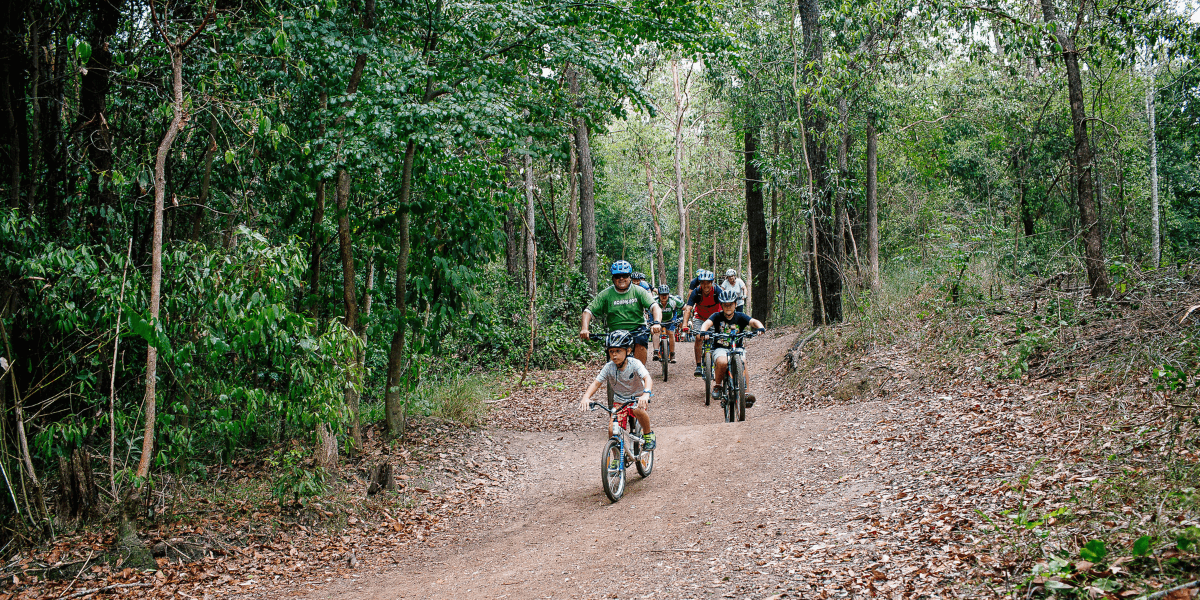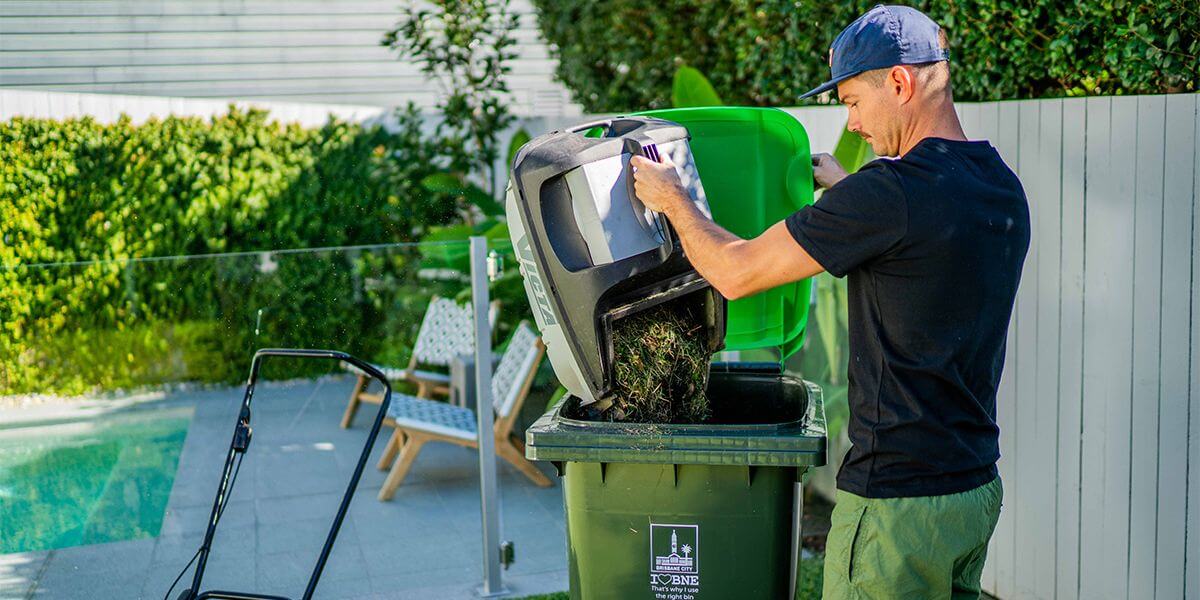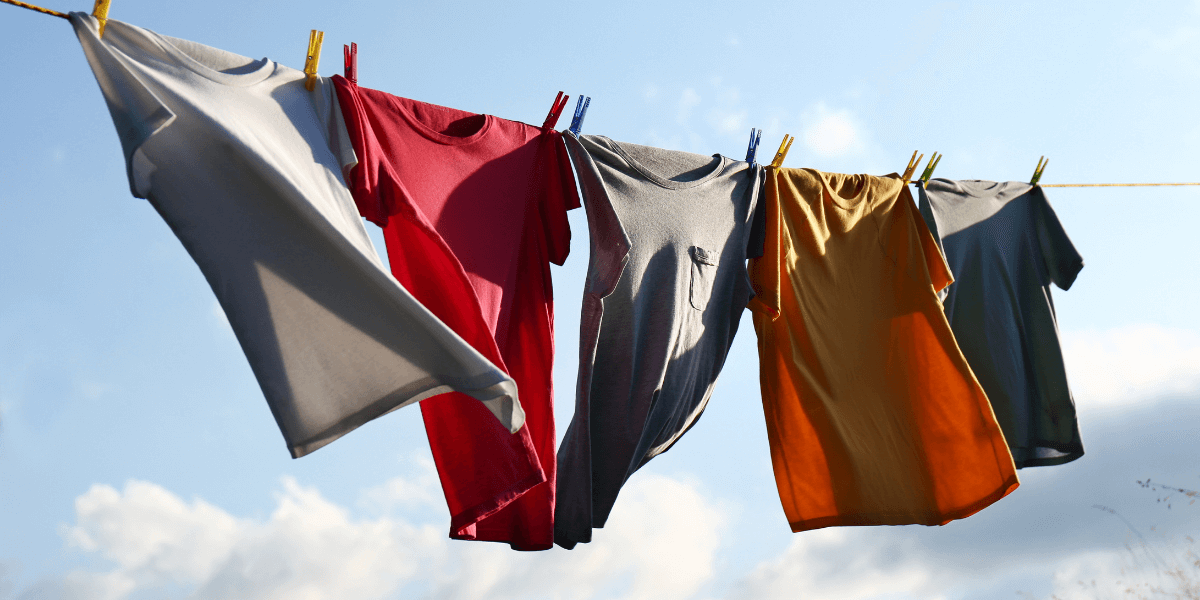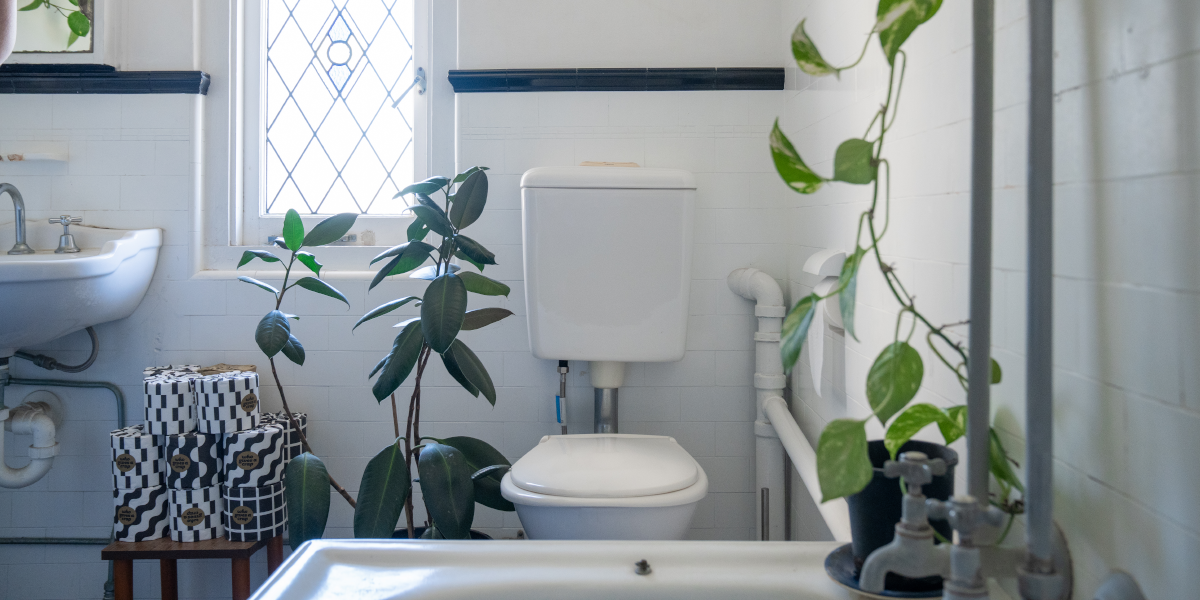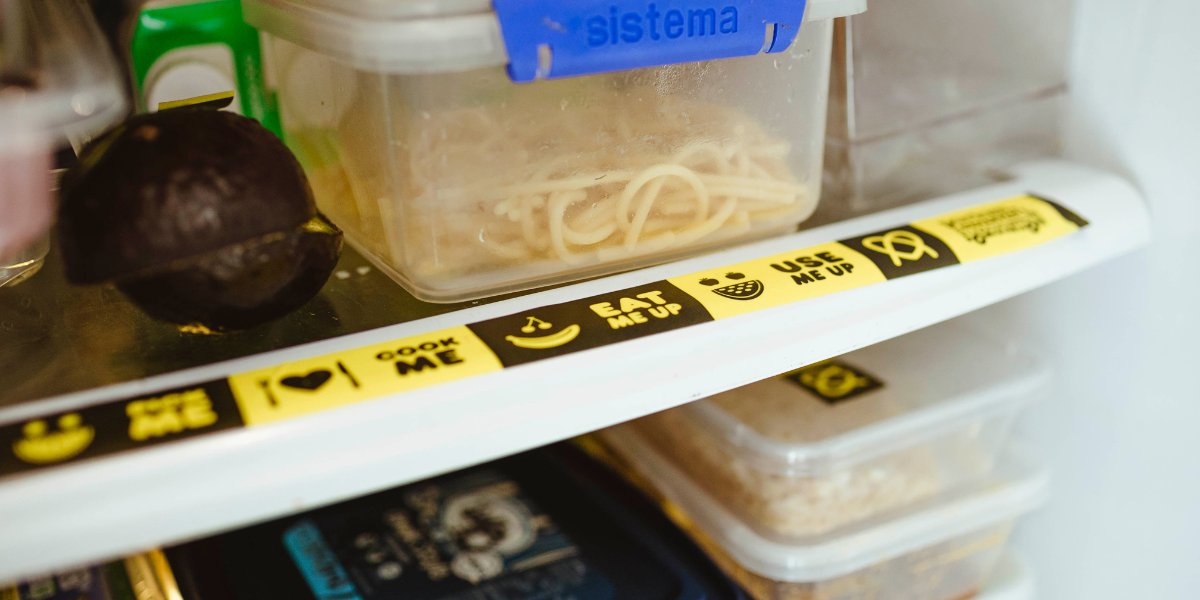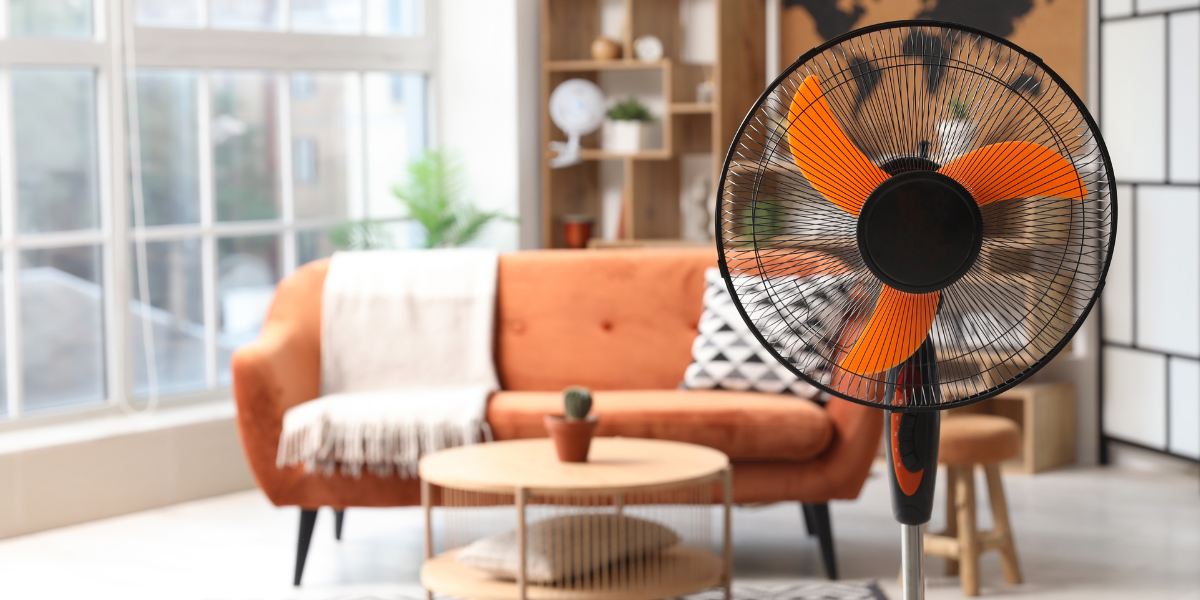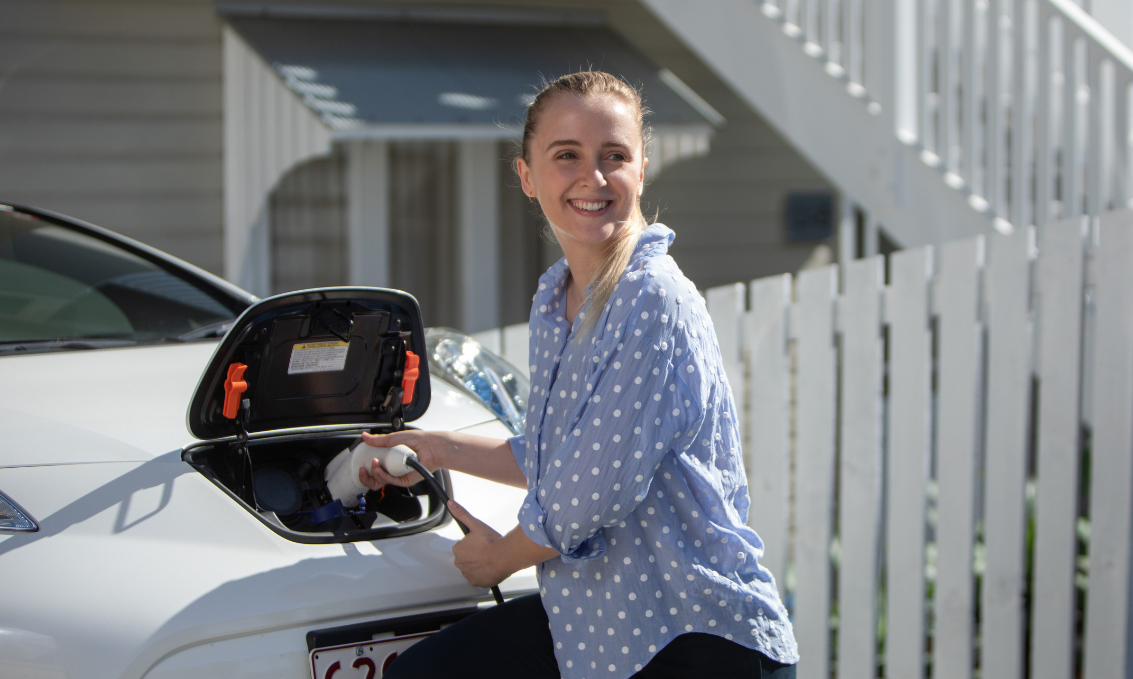REDUCE YOUR WASTE, LOWER YOUR FOOTPRINT
How to have a waste-less Easter
Easter. It’s a retail giants dream with Australians’ destined to spend more than 2.05 billion nationwide. But have you noticed just how many single use items come along with your annual Easter haul? We believe, that with a bit of careful planning, you can reduce your waste whilst still enjoying all the traditions and treats that Easter deserves. Here’s our tips for having a waste-less Easter.
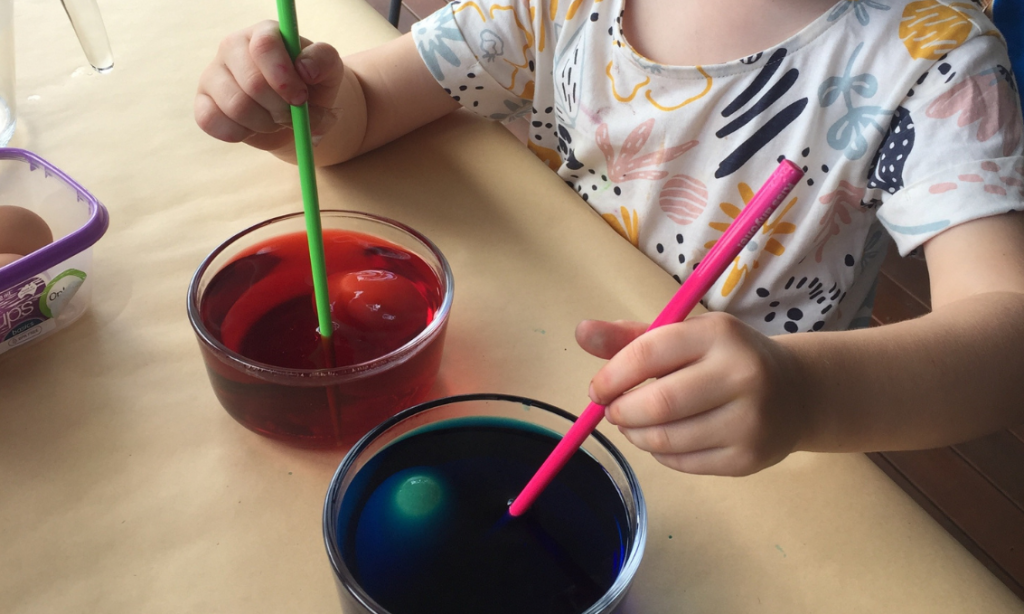
Focus on experience
Rather than buying copious amounts of gifts and chocolate, make Easter about experiences and family traditions. Create your own annual Easter traditions such as an Easter egg hunt, making your own chocolates or dyed eggs. If you have the budget, you can find some fillable wooden eggs which can be utilised with bulk store chocolate for a zero-waste option. We’ve also included some instructions for how to dye eggs at the end of this post so you can enjoy this activity with your family.
Go reusable
If your Easter plans include a picnic or having friends around, skip the single use items and go with good quality reusable decorations and dinnerware. A couple of good quality metal baskets for Easter egg hunts along with some ceramic bunnies or plates can cover your Easter decorating needs for years to come.
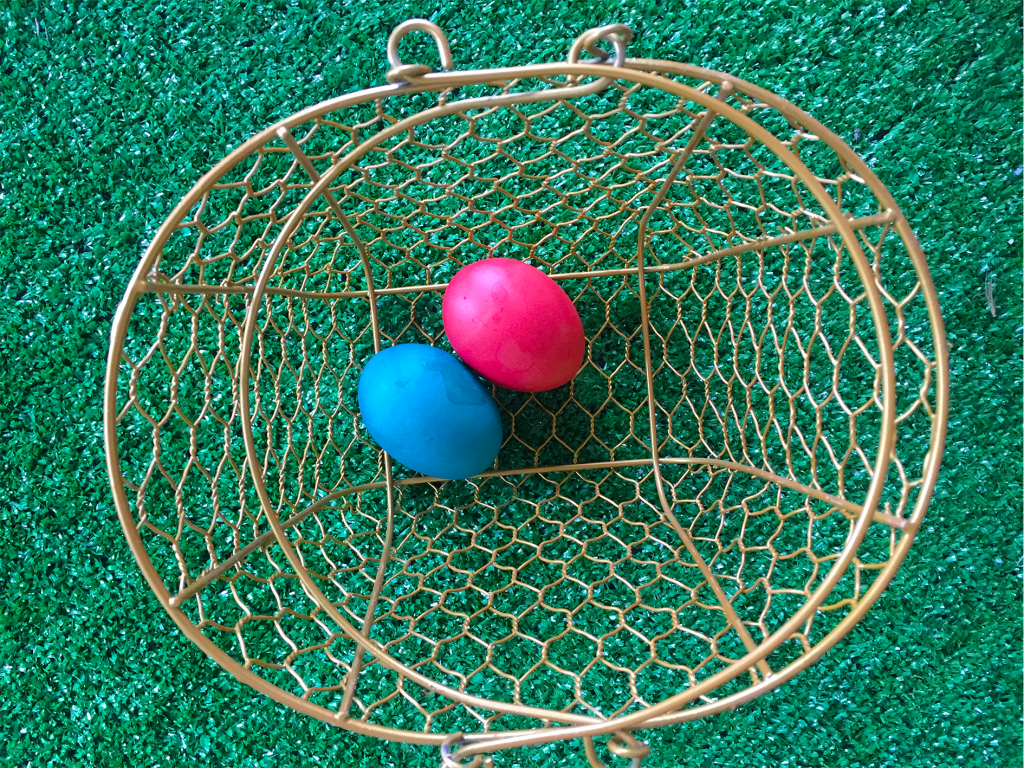
Buy bulk
If your budget allows, you could pick up your Easter treats completely package free at a bulk food store. We understand that this is not attainable for everyone though, so if you can’t manage waste free we recommend you are selective about your packaging.
Pick your package
Avoid eggs packaged in plastic. You may need to hunt around, but it is possible to purchase chocolate packaged only in cardboard and aluminium (more on how to recycle these correctly below). Many blocks of chocolate come only in cardboard & foil and remember, the mark up on Easter chocolate is phenomenal – so purchasing a block is far more economical.
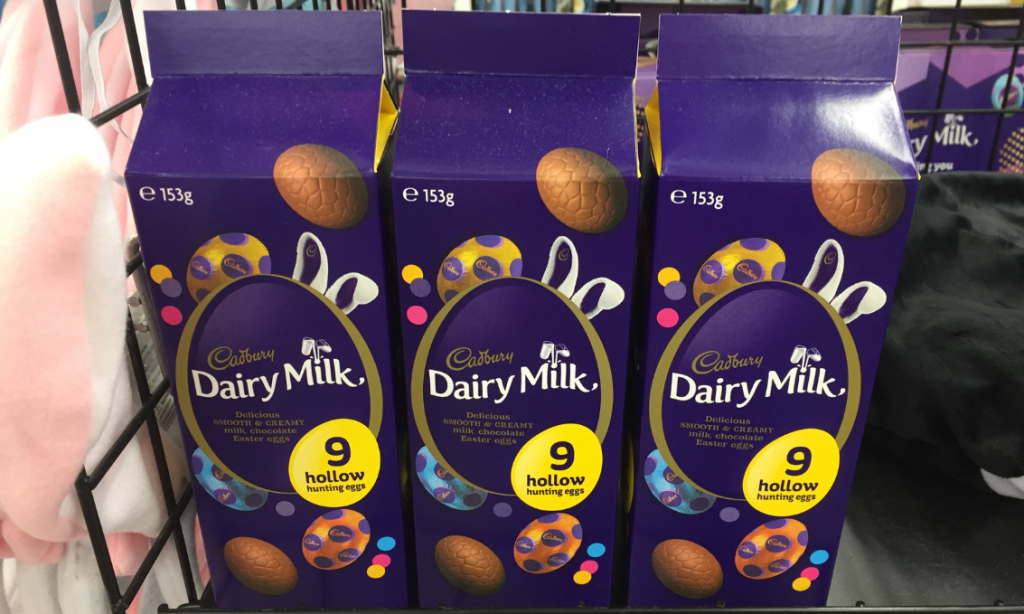
Make your own
Making your own chocolates is a great family friendly activity and makes Easter about more than just giving packaged choccies that disappear faster than you can say rabbit! You can pick up chocolate buttons at a bulk food shop and reuseable silicone Easter moulds are readily available. For a twist on the usual chocolate treat, why not create a “brownie in a jar” gift by layering your favourite brownie or cookies recipe inside a gift jar – then have a family cooking activity over the Easter break. Check out our Christmas Cookie reel for some inspiration, click here.
So, you’ve done the best you can on the budget you have, now how do you make sure the waste you create is recycled?
Easter egg foil
The Australian Aluminium Council reports that aluminium (unlike plastic) can be recycled endlessly without compromising any of it’s unique properties or quality. However, in order to be captured during the recycling process, the aluminium piece needs to be quite large – small pieces of Easter egg wrappings would be lost in this process, but you can fix this by:
- Saving all your Easter egg wrappers and making them into one large Easter egg ball (at least a tennis ball size is preferred). Check out our how to video here.
- Keeping an aluminium can and putting all small foil pieces into the can until it’s full before popping it in the recycling bin
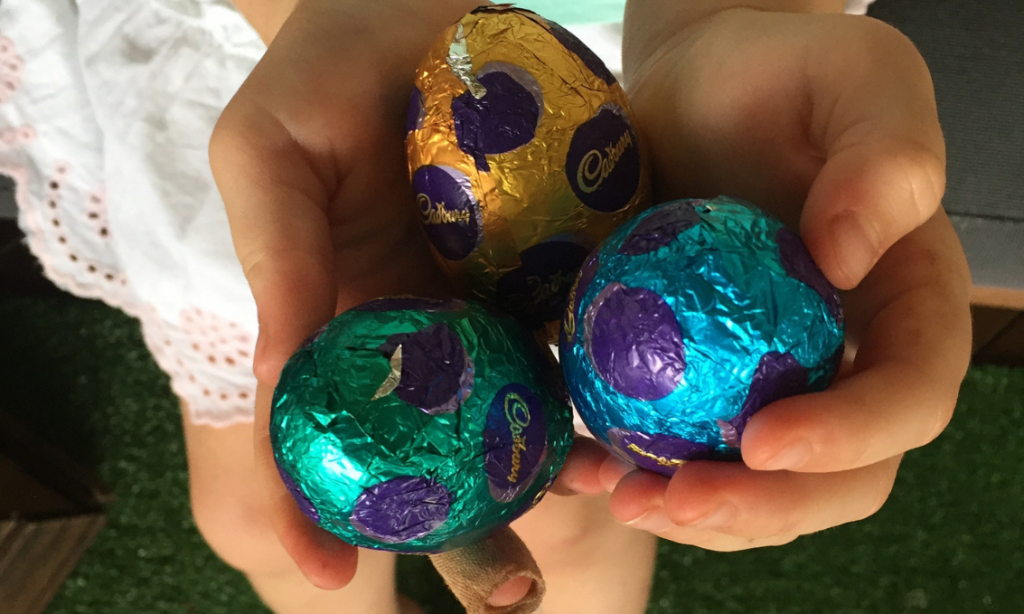
Cardboard boxes with plastic windows
Don’t just throw these into the recycle bin! Make the effort to tear the plastic window away from the cardboard so that both these items can be picked up in the recycling process.
Go reusable
There are several ways you can dye eggs. Below are two methods which are easy to do and get great colourful results!
Method 1 – Dyed eggs (or Spiderman eggs)
Items required: boiled eggs, food colouring, bread bags or saved bags from food, cooling rack or plate.
- Boil your eggs and let them cool
- Take an egg, tap cracks in two sides of the egg (or go crazy and experiment with more!)
- Pop the egg in a bag and put in a small amount of food dye (we recommend saving bread bags or food bags for this step)
- Manipulate the bag so that the dye covers the whole egg, then gently put the egg out onto the drying rack.
- Repeat for remaining eggs and colours
- Leave to dry then gently peel off the shell to reveal your masterpiece!
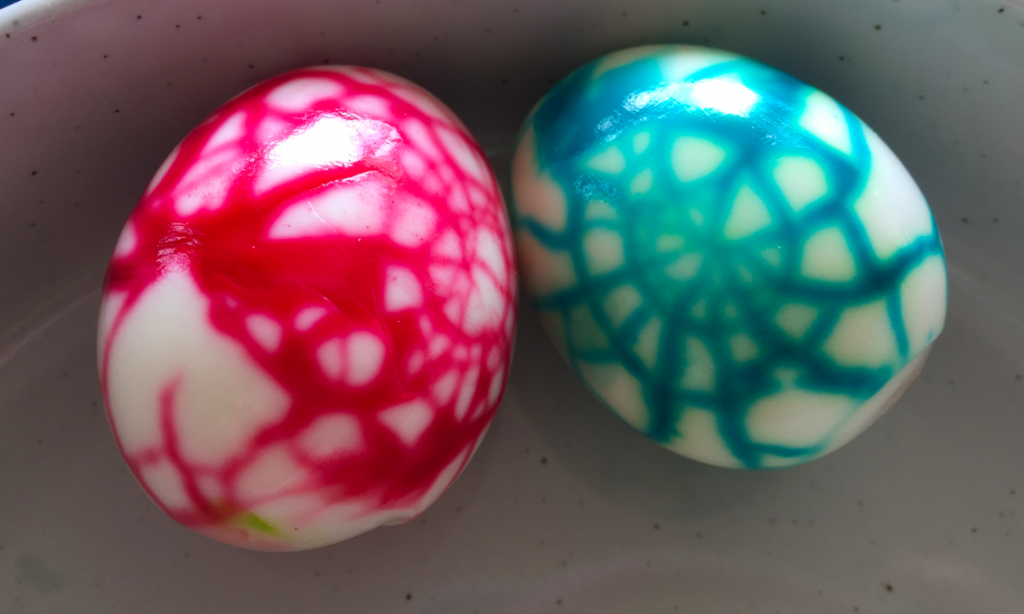
Method 2 – Coloured eggshells
Ingredients required: boiled eggs, food dye, vinegar, bowls, drying rack & tongs
- In 3 or 4 bowls (depending on how many different colours you want) add 1 cup of hot water, a teaspoon of vinegar and around 20 drops of food colouring.
- Add in your boiled egg and stir to dye – you can keep the eggs in for varying lengths of time to change the tint of each egg colour.
- Lift out and dry on a cooling rack
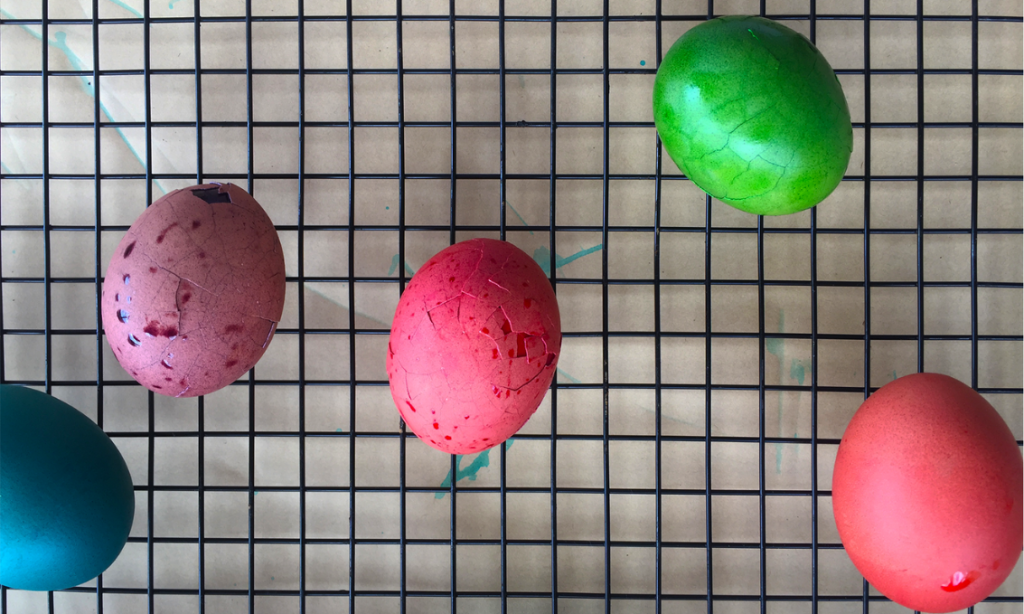

The author
This post was written by the BSA Sustainable Living team! We’re here to help you reduce your environmental footprint and lower your cost of living along the way.

